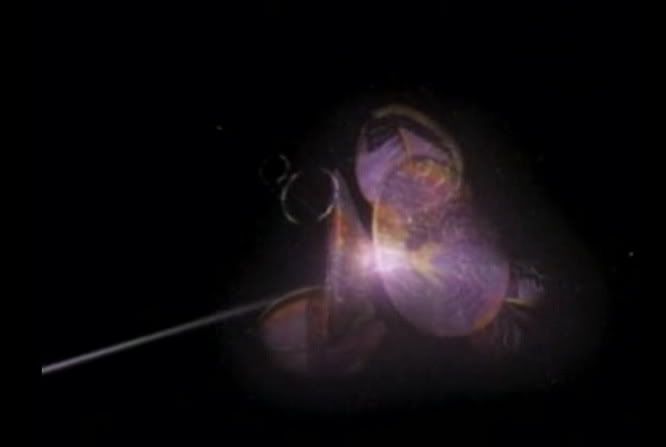Cloning:
Cloning in biotechnology is a complex discipline where several different processes are used to create copies of DNA, cells, or organisms. It was possibly first accomplished in 1952 on tadpoles and the first published work was from a procedure performed on carp, 1963. Mammals were cloned in 1986 and 1997, with the first ape cloned in 2000. Today cloning stem cells is seen as a major area of research. In 2006 the FDA approved mass consumption of cloned meat in USA. In 2009 the first extinct animal(Ibex) was cloned but only lived for 7 minutes. On the 7th of December 2011 its was announced that a team from the Siberian mammoth museum and Japan's Kinki University plan to clone a woolly mammoth from a well preserved sample of bone marrow found in August 2011.
And since we've never gotten an extinct animal to live for more than a few minutes -- and that was the best result out of multiple attempts -- there's no guarantee we'll have any better luck with the mammoth. Not to mention all the practical difficulties even if we could successfully pull it off -- what would its habitat be? How could it be raised when it has no parents of its own species and nobody has any idea what its behavior is supposed to be? If mammoths were anything like elephants, they were probably highly social, and we've seen how much damage it does to elephants when they're cut off from healthy social interaction with their own kind.
http://io9.com/5865590/no-we-wont-be-able-to-clone-a-woolly-mammoth-in-the-next-five-years
So, let's recap. First, these bone marrow cells need to be absolutely pristine for cloning to work...and there's no guarantee of that. Next, we need to transplant those cells into African elephant eggs...and many of those will fail. Then, the embryos need to survive the pregnancy...and if 1 in 100 do that, it'd be a massive success. After that, the mammoth needs to be born and survive infancy...again, the odds are stacked against it. Finally, the mammoth clone needs to thrive in a world in which it is completely, absolutely alone...which is hardly a guarantee. And that's not even worrying about the question of this clone giving birth to more mammoths down the line.
Taken all together, the odds that any of us will ever see an adult woolly mammoth with our current levels of cloning technology is probably somewhere between 1 in 10,000 and 1 in a million. And whatever, I'd say the five-year estimate is hugely optimistic - I'd be pleasantly surprised if a live birth of a mammoth happens in the next twenty years, even if it dies almost immediately.
Yes, with this new discovery, we're closer to cloning a mammoth than ever before. The problem is, we're still a long, long, long way away, and in the absence of some major breakthrough in cloning technology, that's likely to remain the case for the foreseeable future.That's not accurate. If you're referring to "Up the Long Ladder," the Mariposans' cloning was portrayed as flawed because it was their only form of reproduction, but the only thing that was portrayed as immoral was stealing someone's genetic material and replicating them without their consent. It was the lack of consent, the violation, that was condemned, not the cloning per se. There's also "A Man Alone," where Odo stated rather bluntly that killing your own clone was still murder, suggesting it's taken for granted that clones have equal rights. Then of course there are the first clones in Trek history, the giant Keniclius and Spock clones of TAS: "The Infinite Vulcan." Neither of them is treated as an abomination; Keniclius is wrong to abduct and clone Spock without his consent, but the clone itself is accepted as a sapient being with a right to live. The Vorta were all clones, but they weren't discriminated against or vilified on that basis; it was their policies and practices that the protagonists objected to, not their nature. Then of course there's Shinzon, another clone created without the donor's consent, but again, Picard was willing to accept him as a being with a right to exist and tried to bring out the best in him.On Star Trek, clones were treated as abominations.
So I can't find a single instance where a clone in ST was treated as an abomination simply on the basis of being a clone.
I think Roddenberry was generally conservative with tampering with human biology itself (genetics/cloning)...and while Riker did have a right to control the use of his cells, the look of disgust on his face over the existence of a clone was enough to demonstrate ST's stance.
I never claimed cloning extinct species for any length of time was possible only that it is being tried...and I would rather watch for the results rather than claiming it's not possible before empirical evidence to the contrary. Advances in science are not made by distinguished scientists who claim something is impossible, to paraphrase Arthur C. Clarke.
RAMA



 So who's to say that, or DNA computer coding might not lead to a Singularity effect?
So who's to say that, or DNA computer coding might not lead to a Singularity effect?